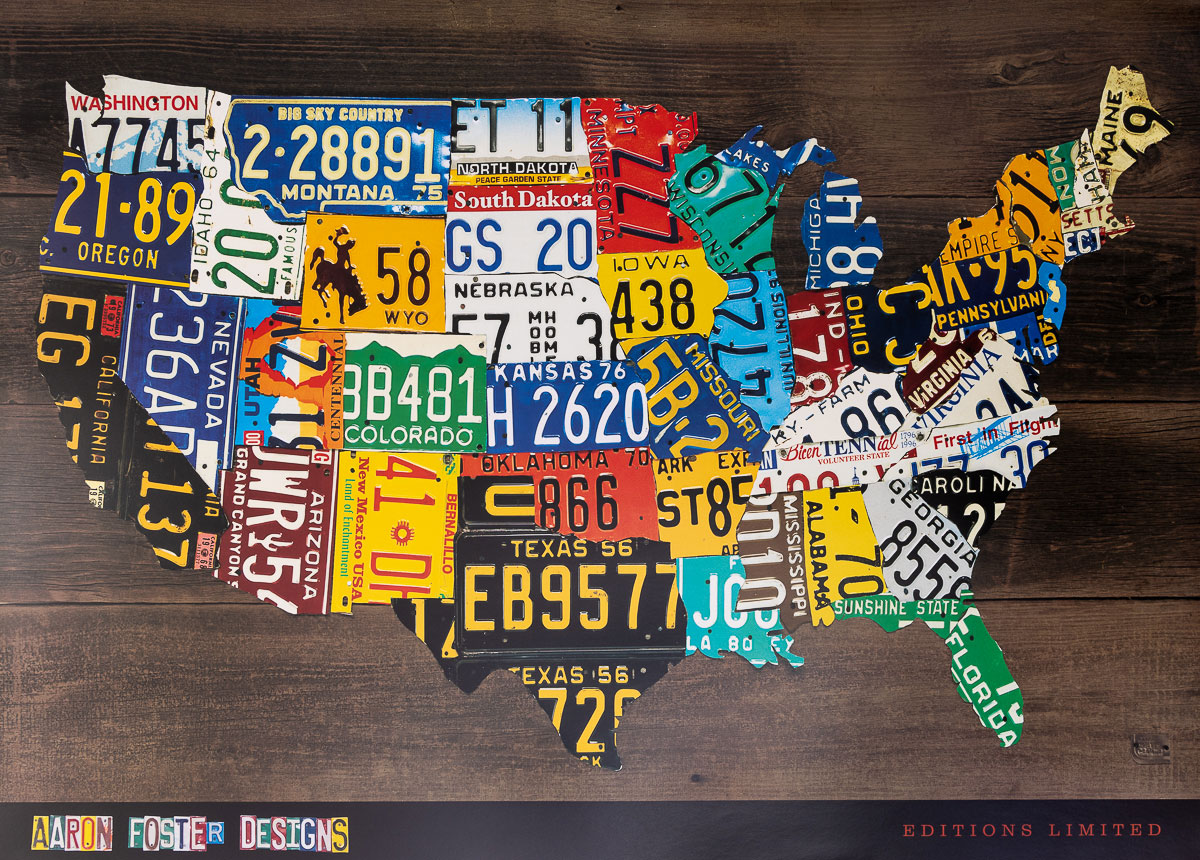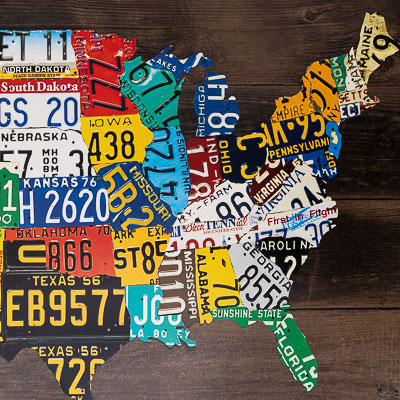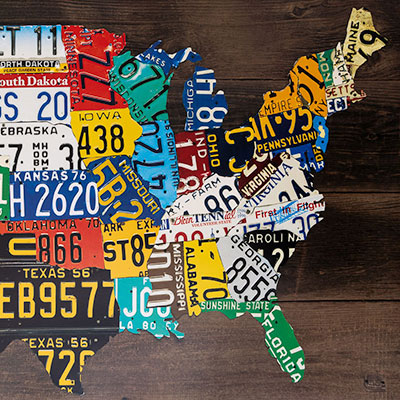Tel : (+33) 4 94 63 18 08
9am - 6pm from Monday to Sunday
Pop Art
Pop Art is an artistic movement that emerged in the United States in the 1950s and developed in the 1960s. This movement is characterized by the use of patterns and images drawn from popular culture, such as comic strips, advertisements and everyday consumer products. The main artists of Pop Art are Andy Warhol, Roy Lichtenstein, James Rosenquist and Claes Oldenburg. Andy Warhol, considered the father of Pop Art, is known for his paintings of Campbell's soup cans and movie stars like Marilyn Monroe. Roy Lichtenstein took the style of comic strips in his works, while James Rosenquist used images of advertising in his large-scale mural paintings. Claes Oldenburg created sculptures in the form of everyday consumer products such as cigarettes and hamburgers. Pop Art had a significant impact on contemporary art and contributed to the democratization of art by using images accessible to all and highlighting the most commercial aspects of popular culture. The movement also allowed for questioning the values and beliefs of society at the time and paved the way for other artistic movements such as conceptual art and minimalism. Pop Art experienced real success in the 1960s and was very influential in the fields of painting, sculpture, photography and graphic art. By using images drawn from everyday life and popular culture, Pop Art allowed for reflection on the messages conveyed by these images and on how they are used in consumer society. Pop Art also stood out for its use of bright colors and thick brushstrokes, which contributed to giving a unique visual identity to this movement. The works of Pop Art have been exhibited in numerous galleries and museums around the world and have aroused great interest among the general public. Pop Art has also inspired many contemporary artists and continues to be a source of influence in the fields of art and popular culture. It remains today an iconic and influential artistic movement in the history of contemporary art.






























































































